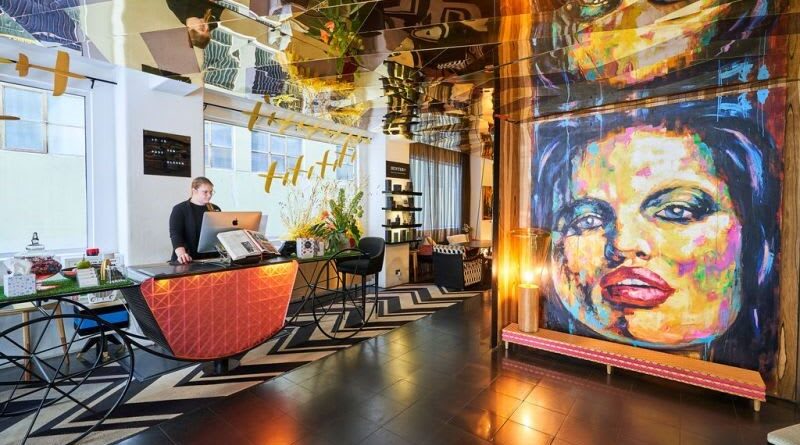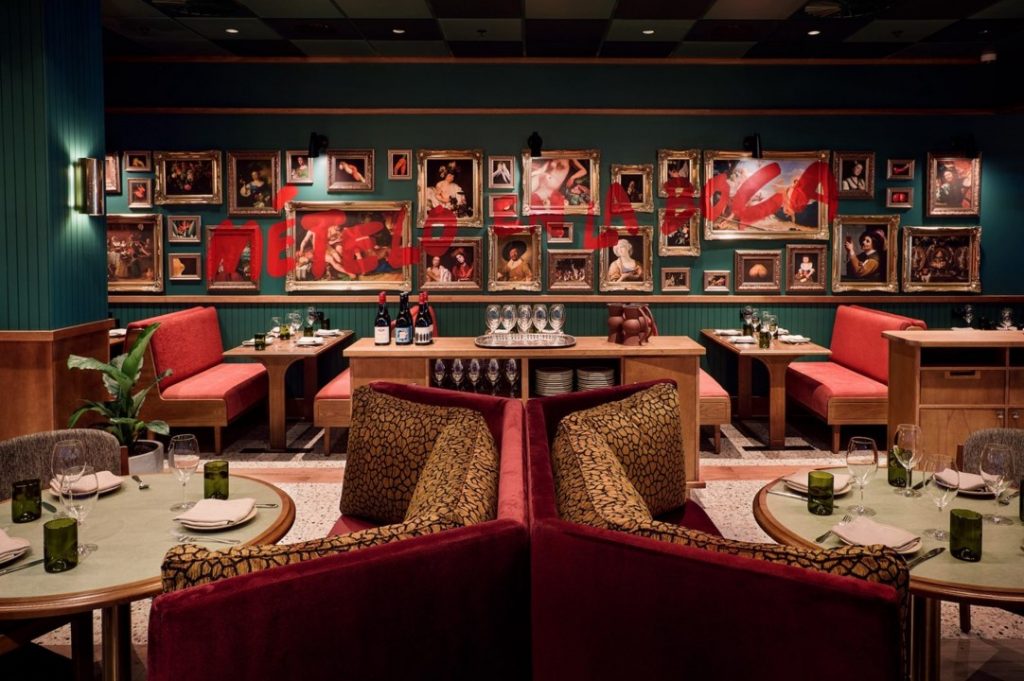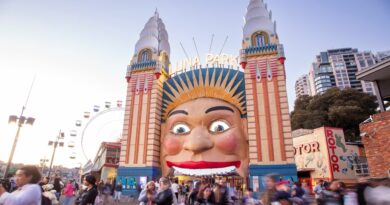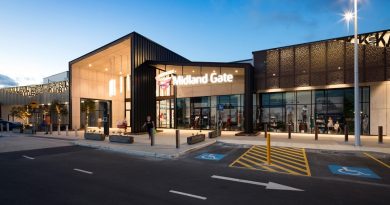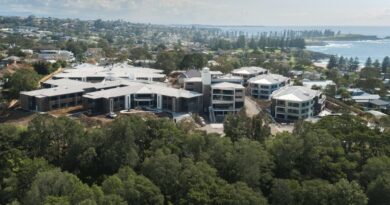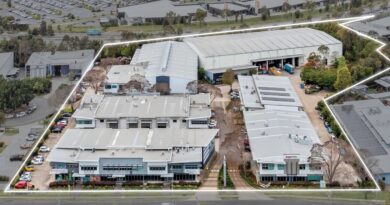Boutique hotels outpace larger, international rivals: CBRE
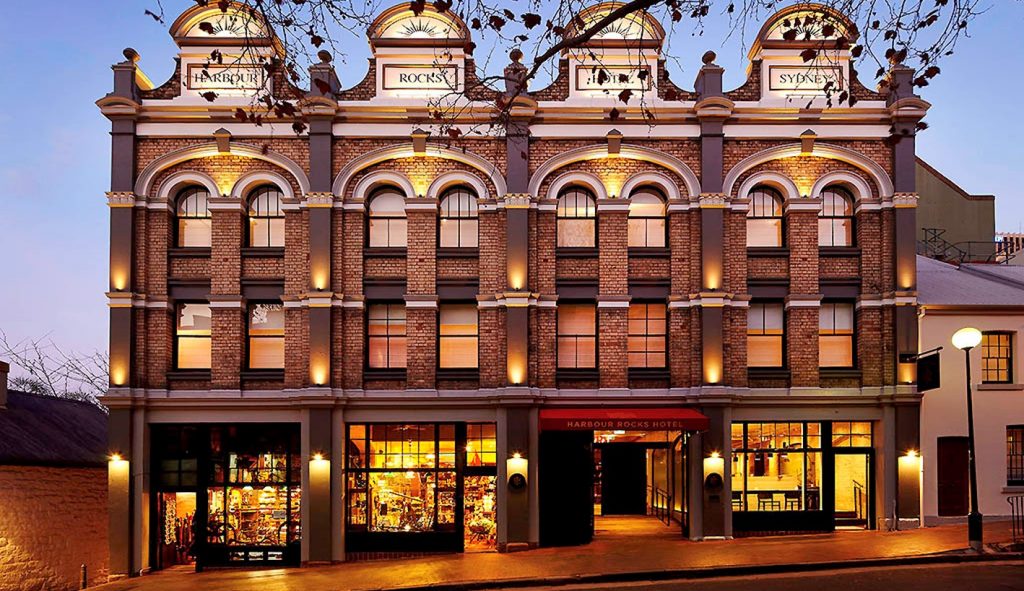
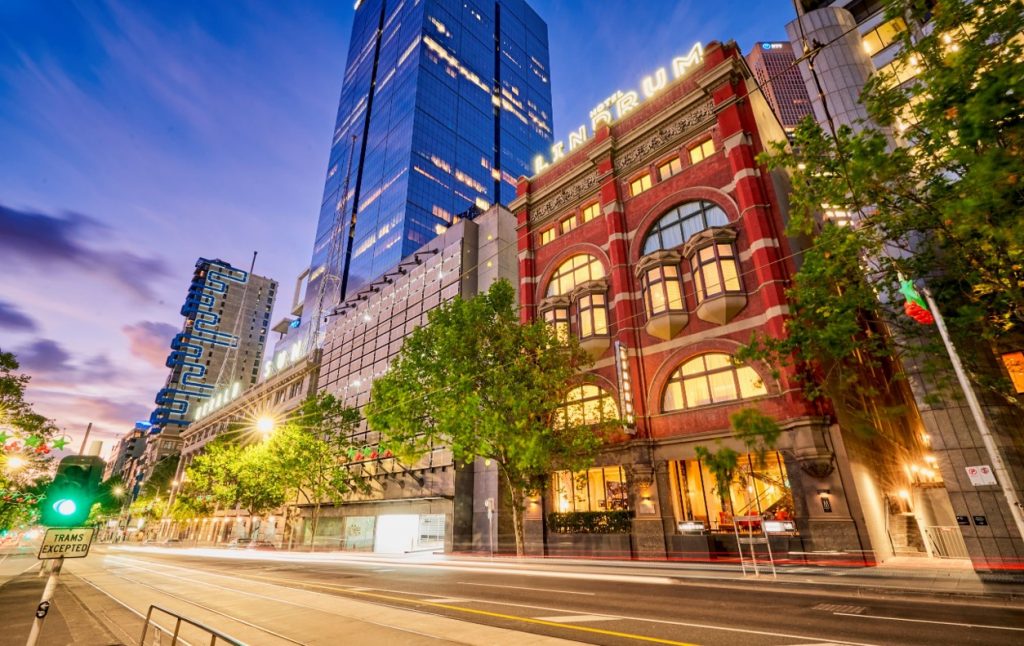
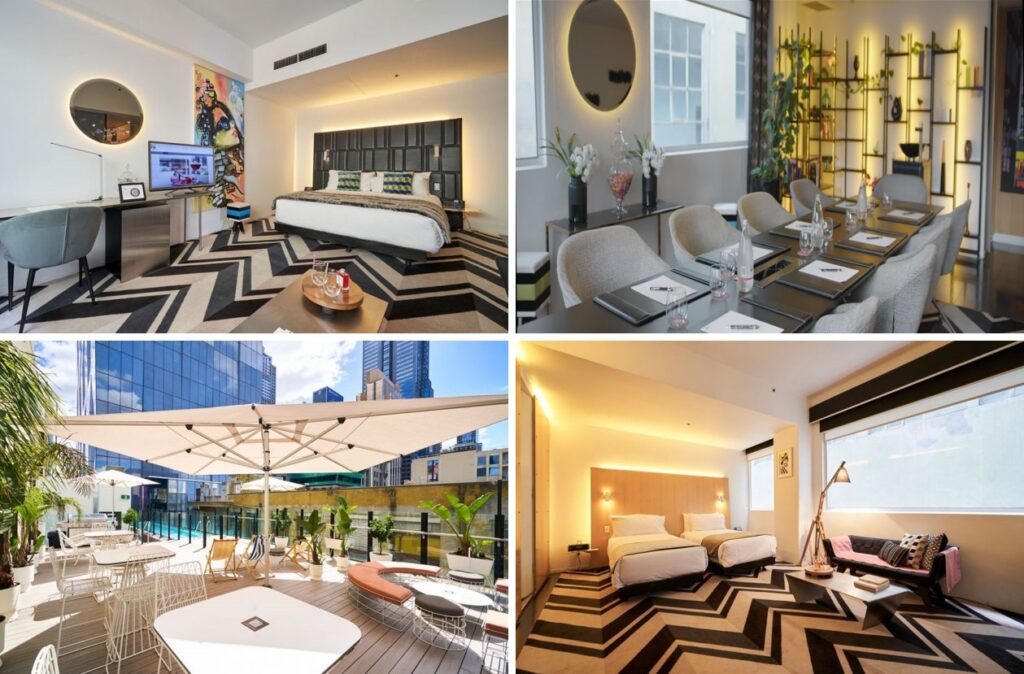
A travel evolution sparked by the pandemic is driving the growth of Australia’s boutique hotel market, amid heightened demand for unique and hyper-personalised hotel stays.
While boutique hotels have traditionally achieved lower occupancies, room rates and revenues than their larger, international rivals the tables have turned according to new CBRE Viewpoint, which highlights a significant shift in domestic travel demand.
CBRE’s Australian Head of Hotels Research Ally McDade said an analysis of market performance showed that boutique properties had outperformed ‘big box’ international hotels since the 2020 onset of the pandemic across all three key performance indicators – occupancy, Average Daily Rate (ADR) and Revenue Per Available Room (RevPar).
On a RevPar basis, the basket of boutique hotels studied by CBRE performed over 50 per cent better, with occupancy rates and ADR being 21pc and 27pc superior to the luxury international hotels in the analysis.
“The pandemic dramatically changed how and why we travelled. International borders shut down, leisure-based tourism was restricted to local demand and corporate travel was reduced to historically low levels,” Ms McDade said.
“Over two years on, many of the resulting trends such as remote working and virtual conferencing, ‘staycations’, and the continued growth of social media use for destination ‘collecting and bragging’, have become imbedded in our lifestyles, shifting guests’ preferences towards a highly personalised and hybrid approach to their hotel stay experience,” Ms McDade added.
“This travel evolution is being increasingly met by the rise of the boutique hotel culture with its intimate and sophisticated offering and attention to design detail”.
While traditional big box international hotels have always been heavily favoured by corporate travellers and international visitors, CBRE’s Viewpoint notes that the recovery of Australia’s visitor economy has been driven by domestic, leisure-based tourism (story continues below).
“The growth of this local traveller has resulted in demand for a curated hotel offering, which is being met by Australia’s new wave of boutique hotels that blend intimacy and sophistication, and authentically resonate with the feel of the city being visited,” Ms McDade said.
Ms McDade added the strong performance of the boutique sector also reflected new properties entering the market at higher ADR thresholds as well as the ability to drive rates harder on properties with smaller room counts relative to traditional large, luxury hotels.
However, it’s not time to write off the larger hotel chains amid a continued recovery in corporate/MICE travel and a resurgence in international tourism – both of which typically favour big box international properties.
“The continued recovery of corporate travel and international arrivals, coupled with more Australian’s travelling abroad, will broaden the mix of hotel business demand and ultimately moderate the exceptional outperformance we’ve seen from the boutique sector in the past two years,” Ms McDade said.
“The continued growth of boutique hotels in Australia will rely on their ability to deliver a personalised offering, while capitalising on new and emerging travel trends such as bleisure, where a leisure component is added to a business trip; workations, where some work is tacked onto a holiday, and dog friendly travel such as Ovolo’s V.I.Pooch stays.
“Social engagement, forward-thinking tech and an increased focus on eco-friendliness are also expected to play a role in catering to an ever-increasing demand for hyper-personalised hotel stay, which boutique hotels are well placed to deliver due to their smaller size and independent operational structure”.

